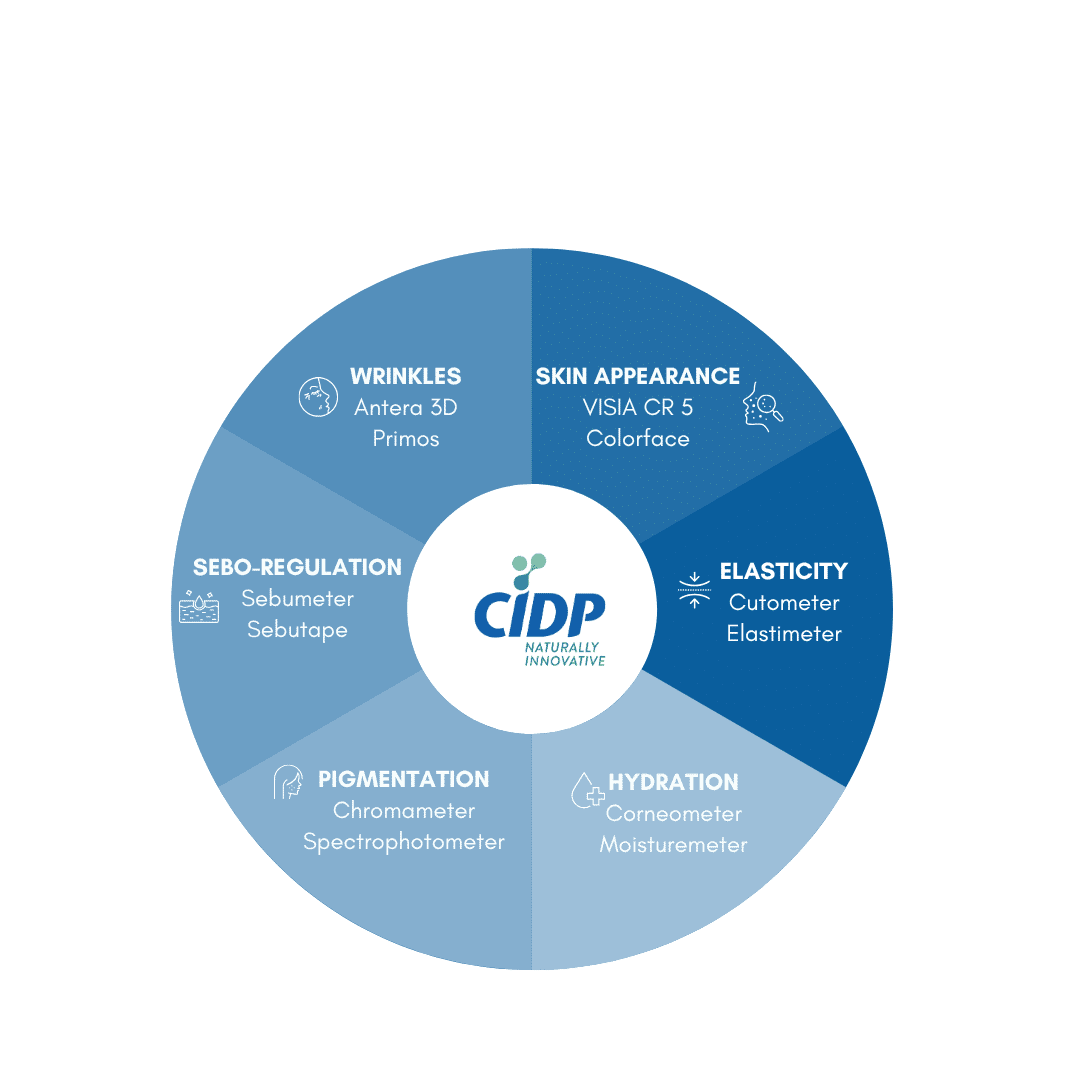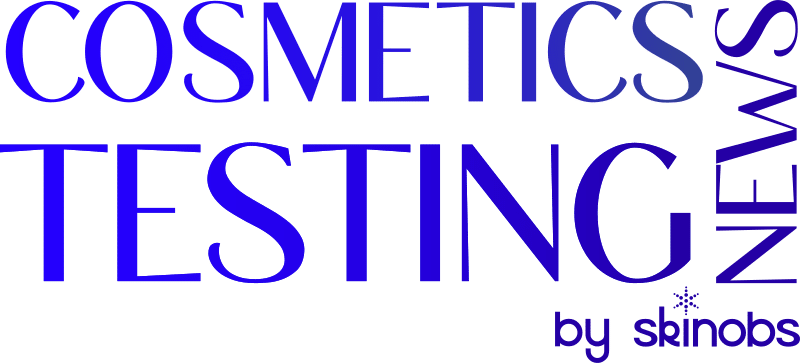The human skin is a complex and multifunctional organ, in fact, it is the largest organ of the body. Composed of multiple layers including the epidermis, dermis, and hypodermis, the skin plays a vital role in protecting the body from mechanical, chemical, and biological threats. As the most visible part of our body, the skin’s overall appearance — including its color, firmness, and texture — often forms the first impression of a person’s health and well-being.
With growing awareness of the importance of skin health, the demand for skincare products has significantly increased over the past decade. Today, a wide variety of cosmetic products are available that aim to cleanse the skin, maintain moisture balance, stimulate cellular metabolism, and shield against harmful ultraviolet (UV) radiation thereby contributing to optimal skin function.
However, as consumers are today more informed and science-oriented, cosmetic developers face increasing pressure to create products that are both evidence-based and results-driven. This is where biometrology comes into play! Biometrology involves the quantitative measurement of skin properties such as hydration, sebum production, trans-epidermal water loss, melanin content, and skin elasticity. These measurements provide scientific insight into skin condition and treatment effectiveness, bridging the gap between cosmetic claims and measurable outcomes.
APPLICATION OF INSTRUMENTATION FOR MEASUREMENT OF BIOMECHANICAL PROPERTIES IN CLINICAL RESEARCH
The instruments used for biomechanical properties are generally classified according to their mechanism of action [1]
A few examples would include suction-based devices such as the Cutometer that can measure the skin elasticity through the creation of a negative pressure (vacuum). Different cutometer probes are used depending on the area to be assessed on the body.
Capacitance-based devices such as the Corneometer allow for measurement of hydration.
Open-chamber diffusion principle-based devices such as the Tewameter enable measurement of water vapor gradient of the skin for the assessment of trans-epidermal water loss (TEWL).
Recent development in the fiend of skin imaging has also enables the visualization and ultimately the quantification of parameters such as wrinkle depth, skin texture, pigmentation and redness, collagen density and skin thickness through devices like the Antera 3D and Dermascan C.
HOW TO SUBSTANTIATE THESE CLAIMS
Scientific integrity and trust are the foundations of the dermo-cosmetic industry and claims attributed to any product have to be substantiated in a robust manner. Therefore, the need for instruments and their related methodologies is not negligible.
One of the most important claims in cosmetic products is hydration. Synonymous to good health, skin hydration can be measured with the corneometer, the higher the value, the more hydrated the skin is. Additionally, a well hydrated skin also indicates a strong barrier function which can be determined through the measurement of trans-epidermal water loss using the Tewameter. The lower the value, the better the skin barrier function.
For the assessment of skin aging, one of the gold standards is the Cutometer for the measurement of skin elasticity. Several parameters such as R0, R2, R7 provide different insights. The higher R2 and R7 values suggest better elasticity.
Another sign of aging is the appearance of wrinkles, wrinkle-reduction claims can be substantiated using the Antera 3d and the Dermascan through multi-spectral imaging and high-frequency ultrasound respectively.
There are a multitude of claims for the dermo-cosmetics industry, and these are just a few examples to showcase some instruments and techniques available at CIDP.
EFFICACY STUDIES AT CIDP
With over 20 years of experience in clinical trials, CIDP has established itself as a key player in the field of clinical testing. In addition to conducting numerous safety studies, CIDP specializes in efficacy testing of investigational products designed for use on the skin, hair, and scalp.
Equipped with state-of-the-art technology across all its affiliates, CIDP offers a wide range of efficacy protocols featuring quantitative measurements on a multiethnic panel. The protocols at CIDP are designed to include a clinical scoring by dermatologist couple with various efficacy assessments at defined time points to track the improvement in skin condition following a defined period of investigational product use. Thes instrumental evaluations are carried out by trained professionals who can also analyze the data and draw conclusions in alignment with the product claims.
CIDP’s approach to efficacy testing goes beyond standard industry methodologies. Leveraging its global expertise and extensive resources, the organization has developed numerous custom protocols to meet evolving industry needs thereby positioning itself as a leader in the domain.

REFERENCES:
- Boyer G, Molimard J, Ben Tkaya M, Zahouani H, Pericoi M, Avril S. Assessment of the in-plane biomechanical properties of human skin using a finite element model updating approach combined with an optical full-field measurement on a new tensile device. J Mech Behav Biomed Mater. 2013 Nov;27:273-82. doi: 10.1016/j.jmbbm.2013.05.024. Epub 2013 Jul 3. PMID: 23867292.
CONTACT
Vandana Mungroo
Head of Business Development
info@cidp-cro.com
www.cidp-cro.com
https://www.skinobs.com/c/labo.php?id=44





